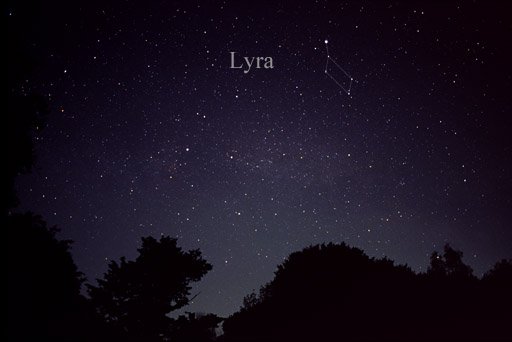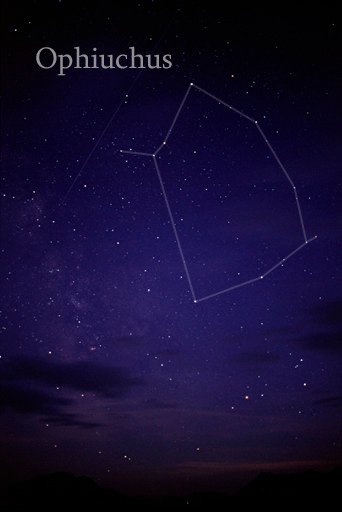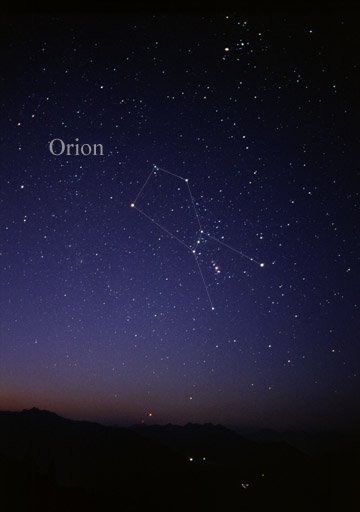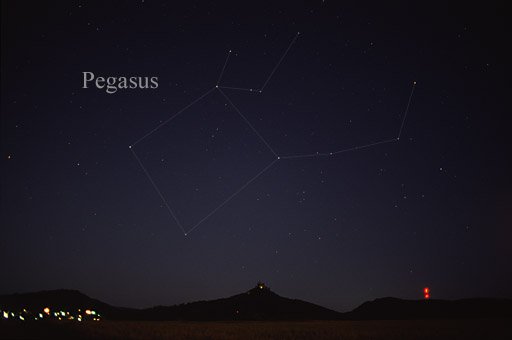Constellations #9

Image source [1]: Messier 56 is composed of a large number of stars, tightly bound to each other by gravity.
Hello friends continuing our journey through the constellations, today we will know the constellation of Lyra, Ophiuchus, Orion and Pegasus.
Lyra is a small constellation. It is one of 48 listed by the 2nd century astronomer Ptolemy, and is one of the 88 constellations recognized by the International Astronomical Union. The brightest and by far the most well-known star in the constellation is Vega, a main-sequence star of spectral type A0Va. Only 7.7 parsecs distant, is a Delta Scuti variable, varying between magnitudes -0.02 and 0.07 over 0.2 days.

Image source [2]: The constellation Lyra as it can be seen by the naked eye.
Ophiuchus is a large constellation located around the celestial equator. Its name is from the Ophioukhos; "serpent-bearer", and it is commonly represented as a man grasping the snake that is represented by the constellation Serpens. Ophiuchus was one of the 48 constellations listed by the 2nd-century astronomer Ptolemy, and it remains one of the 88 modern constellations. The brightest stars in Ophiuchus called Rasalhague ("head of the serpent charmer"), at magnitude 2.07, and η Ophiuchi, known as Sabik ("the preceding one"), at magnitude 2.43.

Image source [3]: The constellation Ophiuchus as it can be seen by naked eye.
Orion is a prominent constellation located on the celestial equator and visible throughout the world. It is one of the most conspicuous and recognizable constellations in the night sky. It was named after Orion, a hunter in Greek mythology.

Image source [4]: Constellation Orion as it can be seen by the naked eye.
Pegasus is a constellation in the northern sky, named after the winged horse Pegasus in Greek mythology. It was one of the 48 constellations listed by the 2nd-century astronomer Ptolemy, and is one of the 88 constellations recognized today.

Image source [5]: The constellation Pegasus as it can be seen by the naked eye.

Lovely photo collections. Thank you @jonathanxvi for sharing.
Thanks :D
Thanks for this educative information. I have never come across his write up before.
Nice
upvoted you dear respected, it is nice journey to universe, lovely journey story, i love astronomy subject,, i got always full marks in this subject,, please also check my blog, i am new here